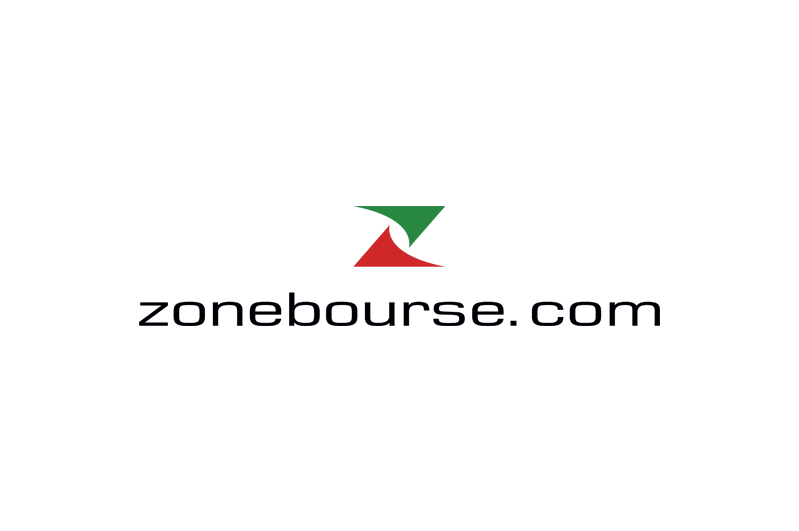Today's Talking Point Oil Update Analysis: Oil prices are attempting a rebound this morning following last week'
Today’s Talking Point
Oil Update
Analysis: Oil prices are attempting a rebound this morning following last week’s losses, with the Brent front-month contract rising above $83.50 per barrel and testing its 50DMA. The market continues to balance the positives of China’s reopening and the negatives of further Fed rate hikes and the stronger USD. These will remain the main drivers of price action through the week ahead, with the latest FOMC minutes due on Wednesday, which may provide some further insight into the anticipated trajectory of US rates from the Fed. Global markets may trade in a more consolidative manner leading up until the release. Meanwhile, China’s recovery seemingly continues, with signs of increased demand for physical commodities being reported. Air traffic is picking up once again, and road vehicle traffic levels are rising. Refiners have also increased their demand for crude as they see this increase in the need for more fuel persisting. This will cap the downside for oil markets for the near term as traders continue to assess just what kind of impact this will have on global demand.
Rand Update
Last week was tough for relatively higher-risk currencies, with the ZAR no exception in this regard. Unexpectedly strong economic data out of the US forced a rethink in the market over just how the US Federal Reserve may need to raise interest rates to bring inflation down to target. In turn, financing conditions tightened, leading to a broad-based rotation away from risk and into the USD. This also laid bare the ZAR’s vulnerability in the face of external shocks, which reflects weak investor sentiment towards SA due to its structural risks.
This week, these structural risks will attract even more attention as they will impact Finance Minister Godongwana’s budget proposal, SA’s potential greylisting by the Financial Action Task Force, and updates from the major ratings agencies. The budget speech, which will take place against a backdrop of stage six load-shedding, will be the main event, and holds plenty of market-moving potential. While Minister Godongwana might have better spending control and tax collection numbers to boast, the focus will be on Eskom.
The minister faces the tough task of incorporating a credible debt-relief plan for the ailing state utility, while still stabilising government finances at a time when load-shedding is weighing heavily on the economy and global momentum is also weakening. Something needs to be done, however, as the parastatal needs more financial breathing room to fund maintenance and emergency generation that reduces the intensity of load-shedding. Still, there are longer-term fiscal implications for SA that are unlikely to be welcomed by ratings agencies.
As the USD-ZAR faces increased technical resistance between 18.0000 and 18.2000, there is potential for a turnaround in the coming days. However, this would require improved fundamentals and risk appetite. Much depends on Finance Minister Godondwana’s budget, as well as the publication of the Fed’s February meeting minutes and PCE core inflation data this week. There is thus plenty of two-way risk facing the USD-ZAR at the moment, meaning the week ahead is likely to be a big one for the pair’s medium-term prospects.
Bond Update
Bonds/Yield Curve: As more Fed policymakers point to higher rates in the US, US Treasury yields continue to drift higher, and as they do, they tend to force other bond yields up with them. In SA’s case, that has accompanied the weaker ZAR and a whole range of fiscal concerns that will keep investors somewhat reluctant to buy into SA bonds wholesale despite their face value attraction. Domestic bond yields will still offer incredible real returns through the year ahead, but much will depend on this week’s budget and how the fiscal risk dial is moved. In absorbing much of
Eskom’s debt, the country is forced to accept the burden of years of maladministration, corruption and political meddling. Unfortunately, that implies that bond yields deserve to trade at more buoyant levels and impose another form of taxation on the private sector through higher tax and interest rates.
FRAs: FRAs have been paid higher. Rates are rising, and more rate hikes are now being factored into the outlook as investors expect the SARB to push back against the weaker ZAR and buoyant inflation. The FRAs pencilled in at least one more 25bp rate hike, which has shifted towards another two. It is unfortunate that on top of all the economic challenges faced at the moment, higher interest rates are another consideration, but that is SA’s reality at the moment as inflationary pressures remain buoyant and fiscal risks even more so.
Repo: As anticipated, the SARB hiked by 25bp. It ensured that any compression of the spread between SA and the US would not impact the ZAR severely. The Fed’s latest move to hike by only 25bp reflects this, although the ECB and the BoE did move by bolder 50bp increments. Looking forward, this may be the last hike in this tightening phase if inflation surprises the downside and the ZAR continues to appreciate vs the USD. At worst, there may be one last 25bp rate hike left, but that is less likely now that load-shedding has curtailed domestic demand conditions.
Download Full Report
www.marketscreener.com
